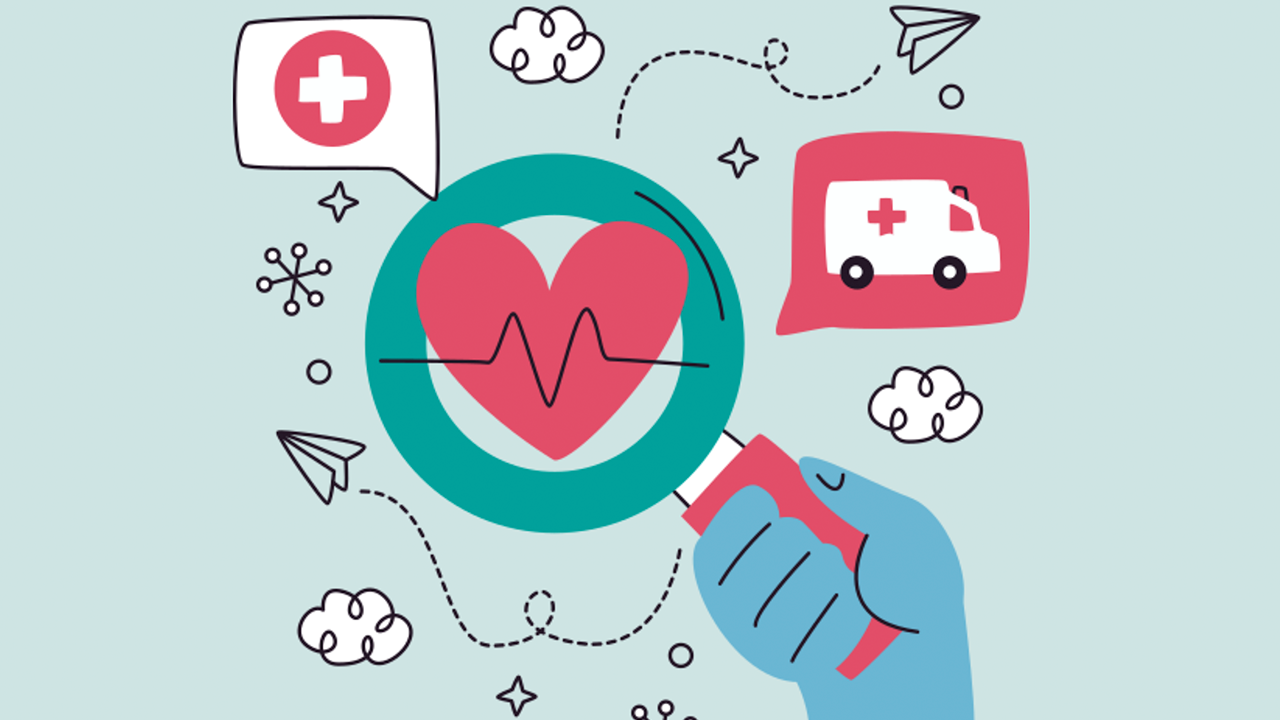Solving Pressure Injuries with AI at the Bedside to Improve Patient Outcomes
Clinical AI can reduce harm, improve patient outcomes and deliver financial benefits by augmenting physician and nurse decision-making at the bedside, making care more proactive. But, knowing where to begin can be tricky. In what clinical areas should your health system consider applying AI? With so many potential areas — sepsis, stroke, patient deterioration, medication adherence — knowing where to begin applying AI can be tricky..
Reducing pressure injuries is one clinical area where many health systems are applying AI to improve in-the-moment decision-making, reduce the burden on nurses and reduce hospital acquired pressure injuries (HAPIs).
Why tackle pressure injuries with AI?
HAPIs hurt patients, prolong hospital stays, consume resources, reflect poorly on quality of care, and are costly to hospitals. To achieve these expectations, hospitals need to catch pressure injuries early — and also have efficient and effective ways of documenting pressure injuries on admission. However, current approaches to pressure injury risk prediction are not based on robust evidence, creating a need — and opportunity — for better data-driven decision-making. Integrating an AI platform that has a specific pressure injury module can provide health systems with the necessary efficiency to prevent pressure injuries and improve patient outcomes. Specifically, there are three benefits health systems are seeing by applying AI to pressure injuries:
1. Clinical AI can more accurately predict a patient’s risk level for pressure injuries
Current methods of pressure injury risk prediction use the standard Braden or Norton scales. These scales only cover a limited range of factors and may suffer from poor interobserver reliability. The Braden model alone catches 40 percent of patients with pressure injuries at 90 percent specificity. By incorporating AI with the Braden model, health systems can catch 60 percent of pressure injuries at the same level of specificity. This provides a significant opportunity for health systems to prevent pressure injuries before development. For example, Bayesian Health’s AI platform can accurately predict pressure injury infections in patients a median of 6.2 days prior to development, equipping nurses and physicians with the time they need to intervene, conduct screening, and take preventative action. Better predictions and focused interventions means less HAPIs.
2. Clinical AI can enable nurses to act faster, preventing hospital acquired pressure injuries
Using an AI tool targeted for catching pressure injuries early can also make triaging assessments faster and more efficient. On average, only one in eight patients are at high risk of developing a pressure injury, but nurses are required to complete lengthy assessments on all patients. AI can help nurses prioritize these high risk patients, from the minute they start their shift. With high risk alerts, AI helps ensure that nurses care for their highest risk patients first, leading to earlier interventions and improved patient outcomes.
3. Clinical AI can improve nursing documentation efficiency and compliance
Pressure injury documentation can be lengthy, repetitive, and is often spread through a combination of electronic and paper charts. AI can provide a consolidated documentation system, charting a comprehensive assessment into the EMR that meets CMS and coding standards. The time saved increases efficiency in documentation and improves compliance from nurses, allowing for more lifesaving, face-to-face patient care. Similarly, it can be incredibly difficult for staff to consistently identify and document pressure injuries that are present on admission, leading to penalties. AI can help identify a pressure injury present on arrival, and ensure appropriate documentation. For example, Bayesian Health’s pressure injury module identifies 95% of pressure injuries which are present on admission, and facilitates the appropriate documentation from nurses, leading to improved clinical, quality and financial outcomes.
A tangible clinical and financial impact
Clinical AI provides health systems with a huge opportunity to focus on preventing and reducing pressure injuries. With better calculations, faster identification, and improved documentation, health systems can improve patient outcomes and reduce costs by an estimated $400k a year. This impact is significant. To learn more about what makes a pressure injury AI tool safe, effective, and impactful, developed together with leading informaticists and clinicians.


